The Different Types of Kebaya: A Cultural Tapestry
In the rich tapestry of Southeast Asian culture, few garments speak as eloquently of heritage and tradition as the kebaya. This traditional blouse-dress combination, known for its exquisite beauty and elegance, has traversed centuries, evolving with the times while firmly holding onto its cultural roots. But what exactly is a kebaya, and how did it become a staple of Southeast Asian wardrobes?
The Origins of Kebaya
The kebaya is believed to have originated in the early 15th century, possibly influenced by the Arabic abaya. It was initially a modest, long-sleeved blouse worn by the women of the Javanese Majapahit Empire, and often paired with a batik sarong.


The Transformation of Kebaya
Back then, the garment symbolized social status and was traditionally reserved for royal family members and the aristocracy. However, as trade flourished and cultural exchanges took place, the kebaya began to spread across the Southeast Asia region, adopting various styles influenced by local customs, materials, and colonial fashion trends.
In different parts of Southeast Asia, the kebaya took on distinctive forms, reflecting the diverse cultural identities of its people. From the ornately embroidered Kebaya Nyonya in Malaysia and Singapore, inspired by Chinese and Malay, to the elegant and simpler Kebaya Bali. Each style tells a story of cultural intersections and historical evolution.
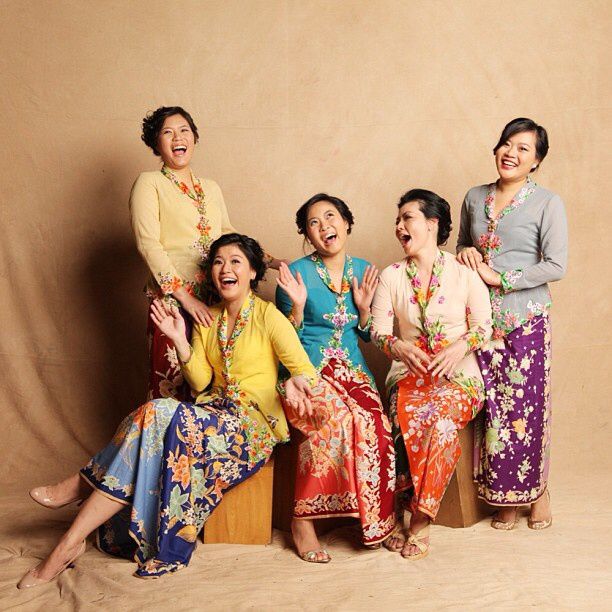

The garment's adaptability to fashion trends and local tastes has allowed it to remain a relevant and cherished part of Southeast Asian attire, celebrated in both everyday wear and ceremonial attire.
As we delve deeper into the types of kebaya, from traditional to modern interpretations, we explore not just a garment but a piece of Southeast Asia's soul, woven into the very fabric of its history and society.
The Different Types of Kebaya
Kebaya Jawa
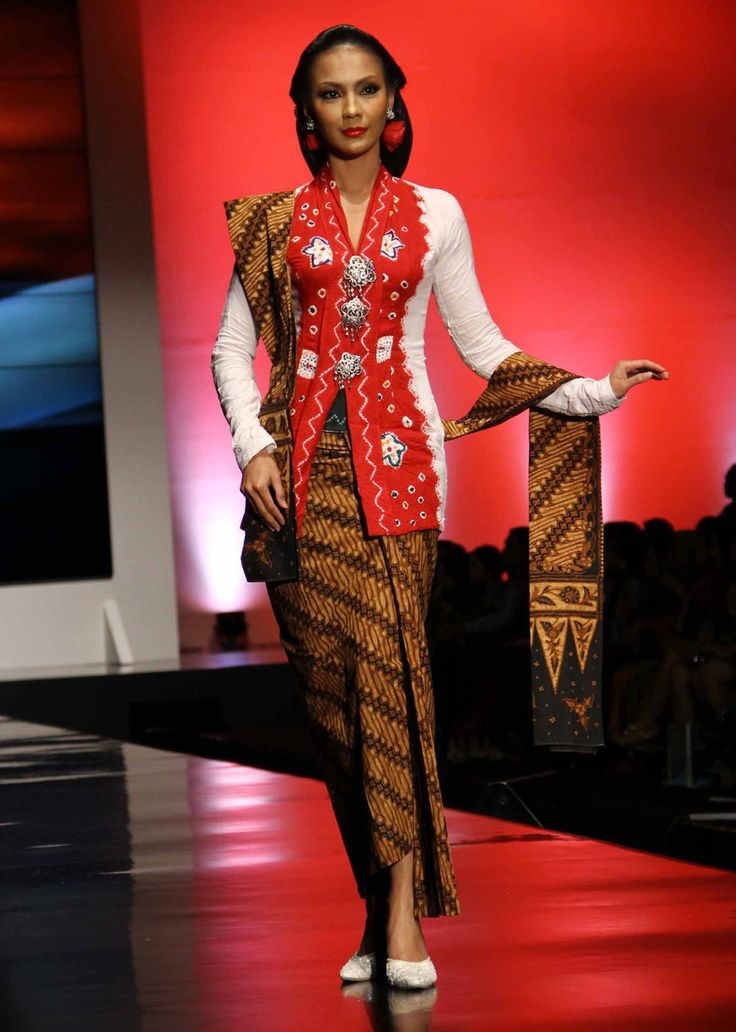
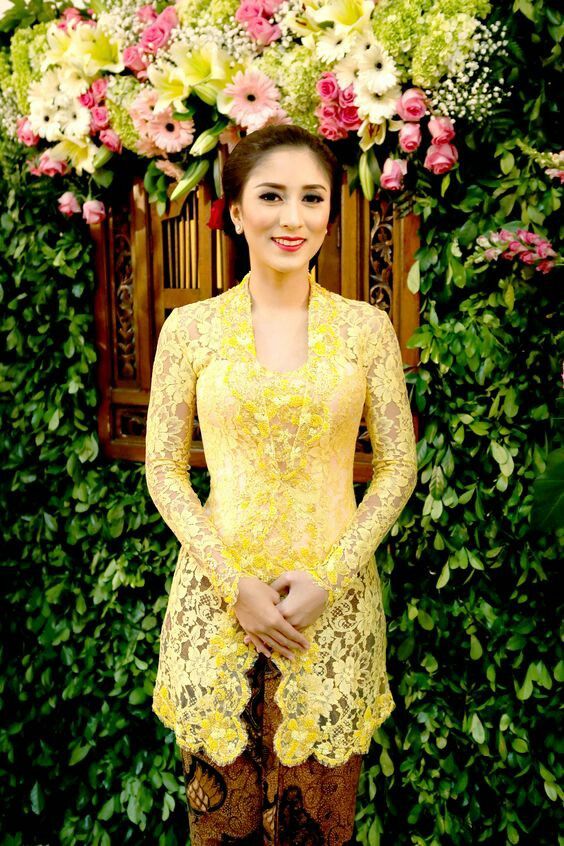
Kebaya Jawa or also known as Javanese Kebaya is known for its elegant and simple design with a V-neck cut. It can be made from opaque or semi-transparent fine fabrics, plain or patterned, with stitching or embroidery adornments. This type of kebaya can be crafted from materials such as cotton, brocade, silk, and velvet. Transparent Kebaya Jawa is worn over a matching undergarment like a bodice, kemben (or kemban), or camisole.
Kebaya Nyonya
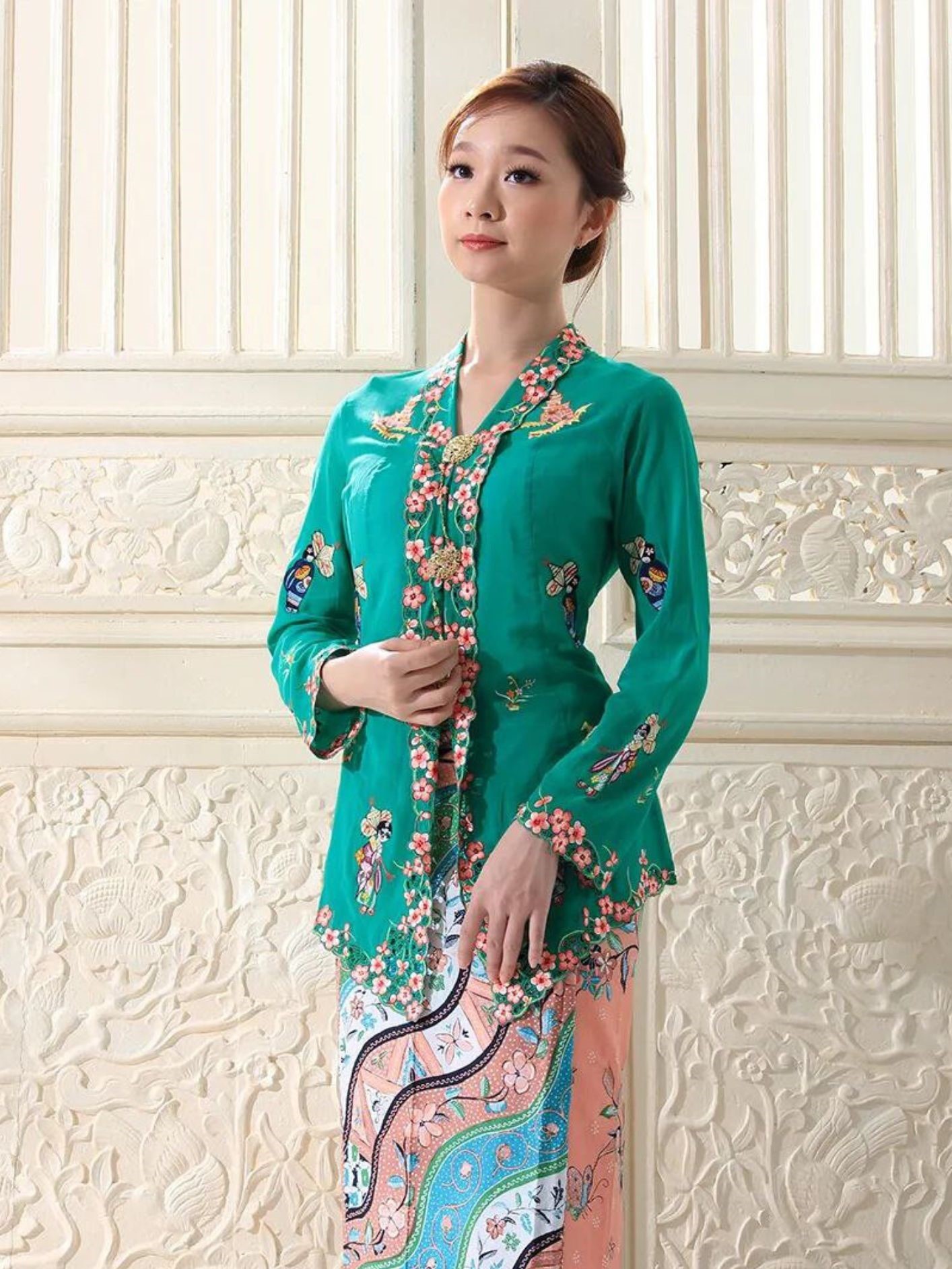

Kebaya Nyonya is a distinctive variation of the traditional kebaya worn by women of the Chinese Peranakan community in Southeast Asia. It is characterized by its tight-fitting, colorful sheer blouse made from voile, adorned with intricate embroidered motifs known as sulam. Kebaya Nyonya is traditionally paired with a batik sarong and the ensemble is completed with accessories such as a set of interlinked brooches called “keronsang” or buttons to fasten the blouse at the front.
Kebaya Kartini
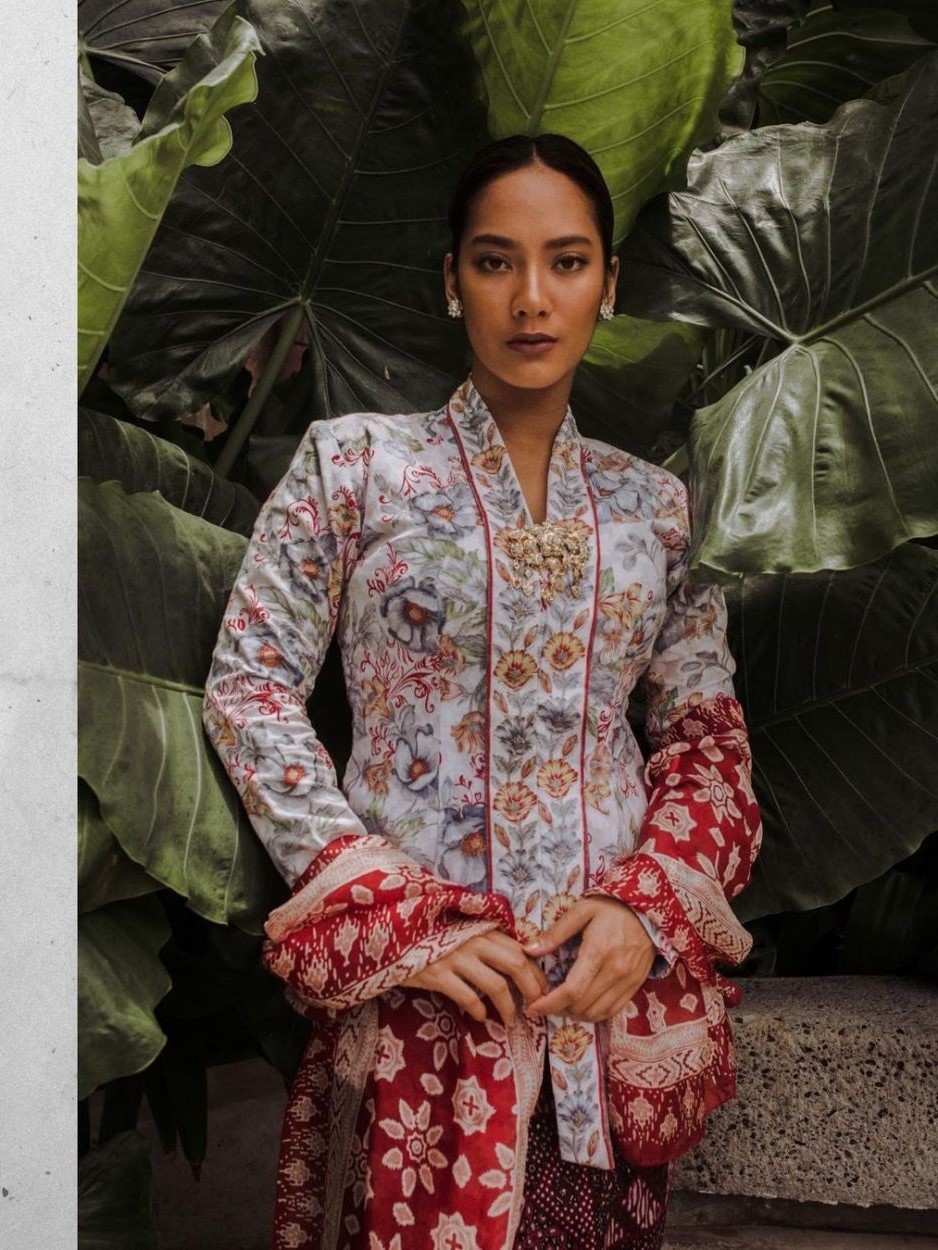
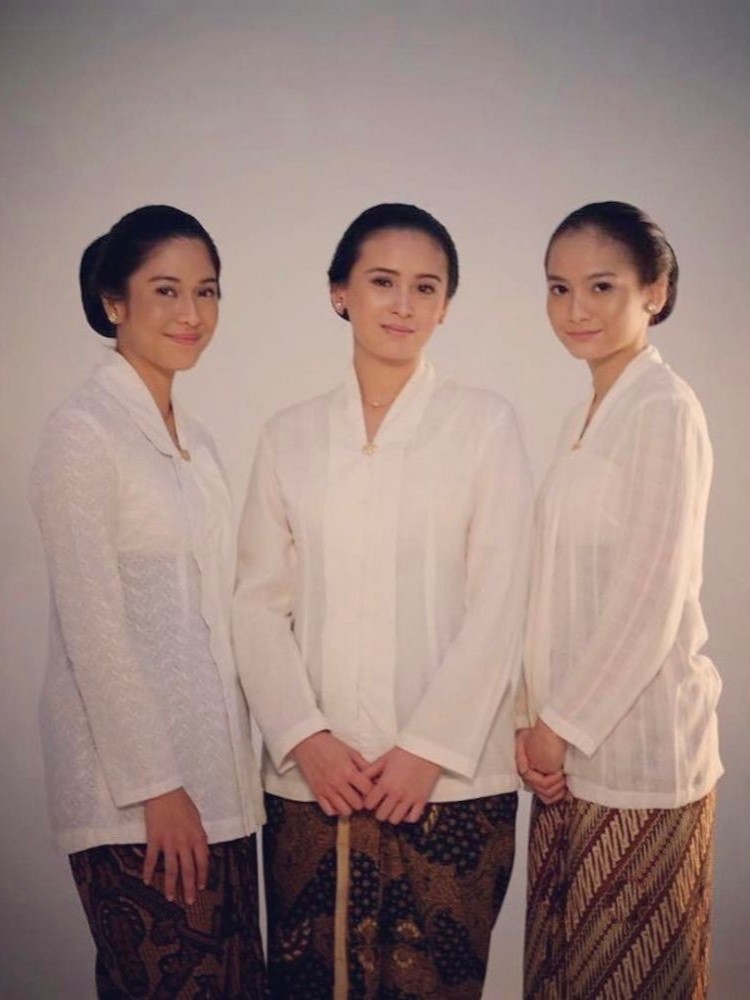
This type of kebaya was popular among aristocrats in 19th century Java, particularly during the time of Indonesian national heroine Raden Ajeng Kartini. It is usually made of fine, opaque fabrics, often white in color, covering the hips with minor adornments like stitching or applied laces. Kebaya Kartini has a v-shaped collar and a signature fold on the front to create a tall and slender impression.
Kebaya Panjang
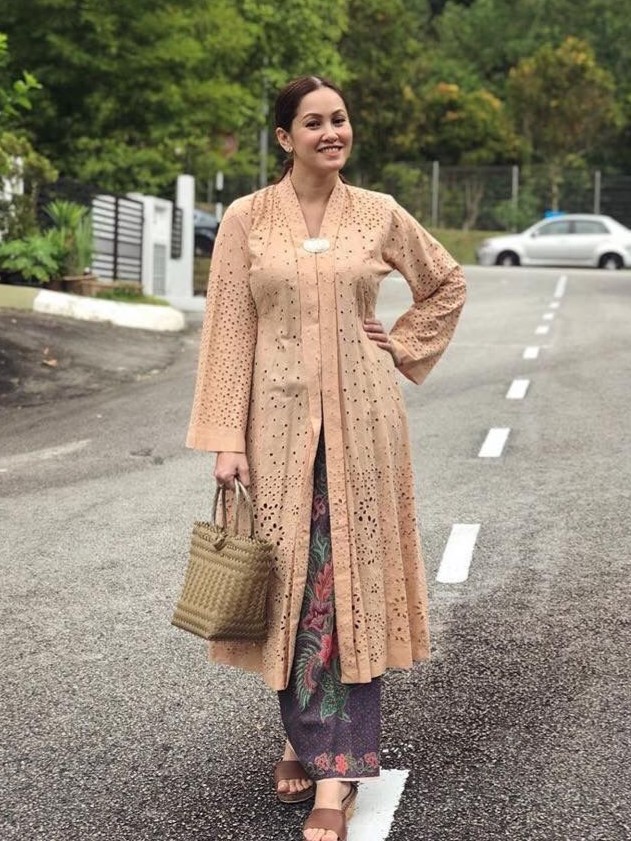

The Kebaya Panjang, also known as Kebaya Labuh, is a traditional attire worn by women in Southeast Asia, characterized by its long length. "Panjang" means long in Malay and Indonesian, which reflects the defining feature of this outfit. This loose-fitting, long-sleeved tunic, called baju panjang, is usually worn over a batik sarong. Depending on the wearer’s style, accessories such as a selendang (shawl) and kerongsang (brooch) are sometimes added to complete the look.
Kebaya Sunda

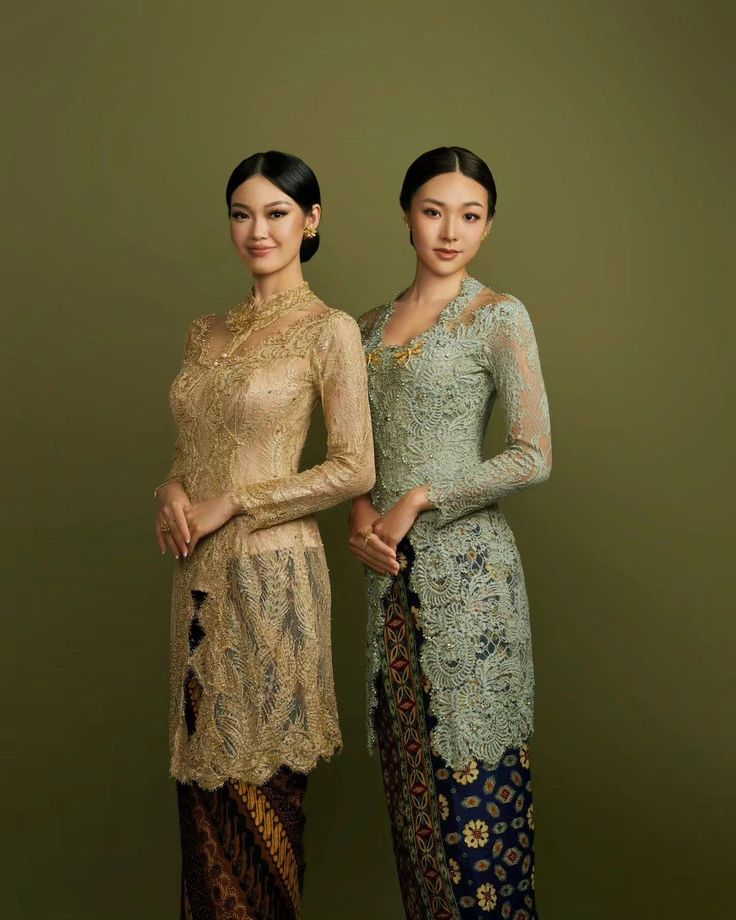
Kebaya Sunda is a traditional kebaya style originating from the Sundanese people of West Java, Indonesia. This type of kebaya stands out with its use of semi-transparent fabrics, often embellished with floral stitching or embroidery. What sets it apart from other kebaya styles is its unique U collar neckline, featuring broad curves that elegantly cover the shoulders and chest.
Kebaya Bali

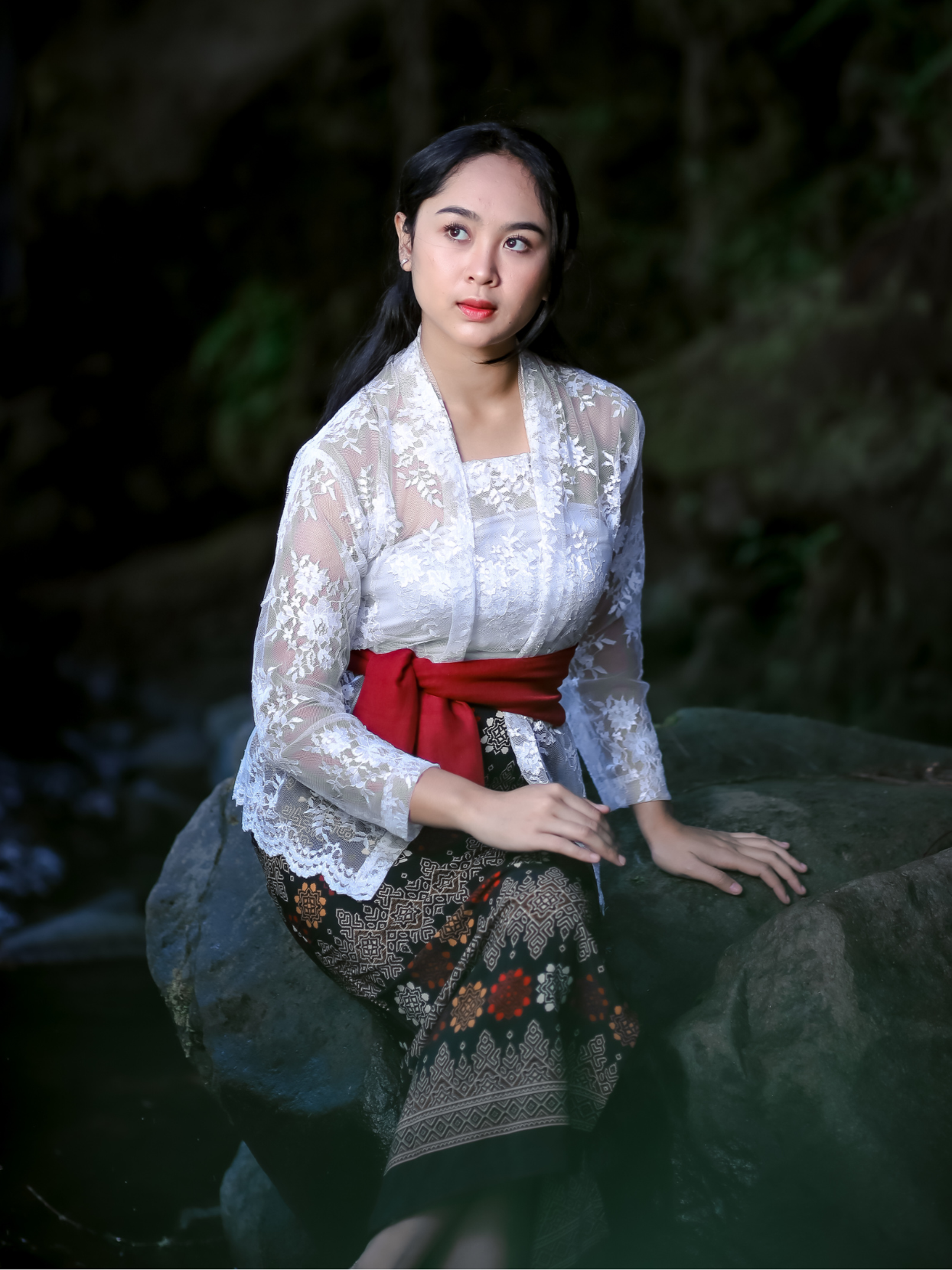
Kebaya Bali or Balinese Kebaya shares similarities with its Javanese counterpart and this tight-fitting garment is typically made from semi-transparent fabrics like cotton or brocade and adorned with embroidery or lace. A distinctive feature of this kebaya style is the addition of a special sash that gracefully wraps around the waist. Balinese women wear white kebaya as customary dress during rituals and ceremonies but opt for more colorful options with shorter sleeves for daily activities.
Kebaya Kutu Baru


Originating from Central Java, Kebaya Kutubaru is similar to the Javanese kebaya but features an additional fabric called “bef” that connects the opening around the chest and abdomen. This creates a rectangle-shaped collar reminiscent of the unbuttoned kebaya worn over a matching kemben or kemban.
Choosing Your Kebaya
The kebaya is more than just a traditional garment; it is a symbol of cultural identity, heritage, and timeless elegance. Its versatility and adaptability to modern fashion trends signify the resilience and enduring appeal of Southeast Asian culture. By embracing both traditional and modern designs, the wearer is not just wearing a piece of clothing but are also keeping alive a rich cultural heritage and contributing to its ongoing story.
Embrace the elegance of cultural heritage through Faire Belle’s kebaya collection to start the journey into the world of kebaya, where tradition meets personal expression in the most beautiful way.

